Which of the following pairs show diagonal relationship?
N,P
N,O
N,S
None of these
The correct Answer is:C
To determine which pairs of elements show a diagonal relationship, we need to understand what a diagonal relationship is in the periodic table. A diagonal relationship occurs between certain pairs of elements in different groups but in the same period, where they exhibit similar properties due to their positions in the periodic table.
1. Identify the Elements: The elements given are nitrogen (N), phosphorus (P), oxygen (O), and sulfur (S).
2. Understand Diagonal Relationships: Diagonal relationships typically occur between elements that are one group apart and one period apart. For example, the element in group 15 (like nitrogen) can show similarities with the element in group 16 (like sulfur) that is diagonally positioned.
3. Analyze the Given Elements:
- Nitrogen (N) is in Group 15.
- Phosphorus (P) is in Group 15 (same group as nitrogen).
- Oxygen (O) is in Group 16.
- Sulfur (S) is in Group 16 (same group as oxygen).
4. Check for Diagonal Relationships:
- Nitrogen (N) and Sulfur (S): Nitrogen is in Group 15 and Period 2, while Sulfur is in Group 16 and Period 3. They are diagonally positioned and show similarities in some properties.
- Phosphorus (P) and Oxygen (O): These elements are in the same groups and do not show a diagonal relationship.
- Oxygen (O) and Nitrogen (N): They are in adjacent groups but not diagonally related.
- Phosphorus (P) and Sulfur (S): They are in the same groups and do not show a diagonal relationship.
5. Conclusion: The pair that shows a diagonal relationship is Nitrogen (N) and Sulfur (S).
Final Answer:
The pair that shows a diagonal relationship is Nitrogen (N) and Sulfur (S).
---
- Nitrogen (N) is in Group 15.
- Phosphorus (P) is in Group 15 (same group as nitrogen).
- Oxygen (O) is in Group 16.
- Sulfur (S) is in Group 16 (same group as oxygen).
- Nitrogen (N) and Sulfur (S): Nitrogen is in Group 15 and Period 2, while Sulfur is in Group 16 and Period 3. They are diagonally positioned and show similarities in some properties.
- Phosphorus (P) and Oxygen (O): These elements are in the same groups and do not show a diagonal relationship.
- Oxygen (O) and Nitrogen (N): They are in adjacent groups but not diagonally related.
- Phosphorus (P) and Sulfur (S): They are in the same groups and do not show a diagonal relationship.
The pair that shows a diagonal relationship is Nitrogen (N) and Sulfur (S).
Similar Questions
Knowledge Check
Which of the following does not show diagonal relationship between beryllium and aluminium?
ABoth BeO and Al2O3 are amphoteric in nature.BBoth beryllium and aluminium form polymeric covalent hydrides.CBoth beryllium and aluminium form nitrides with nitrogen which evolve NH3 with water.DBoth metal carbonates are highly stable.Which of the following scatterplots shows a relationship that is appropriately modeled with the equation y=axb , where a is positive and b is negative?
A B
B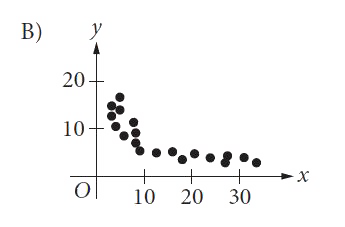 C
C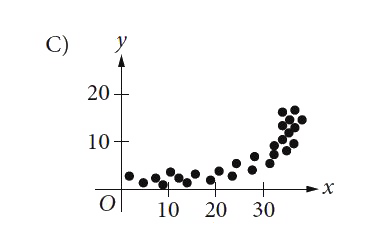 D
D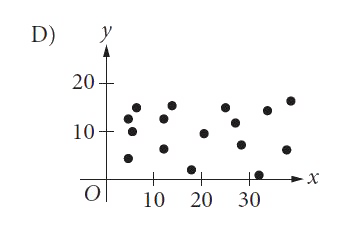
Which of the following graphs shows the relationship between the rate of an enzymatic activity and substrate concentration (S) ?
A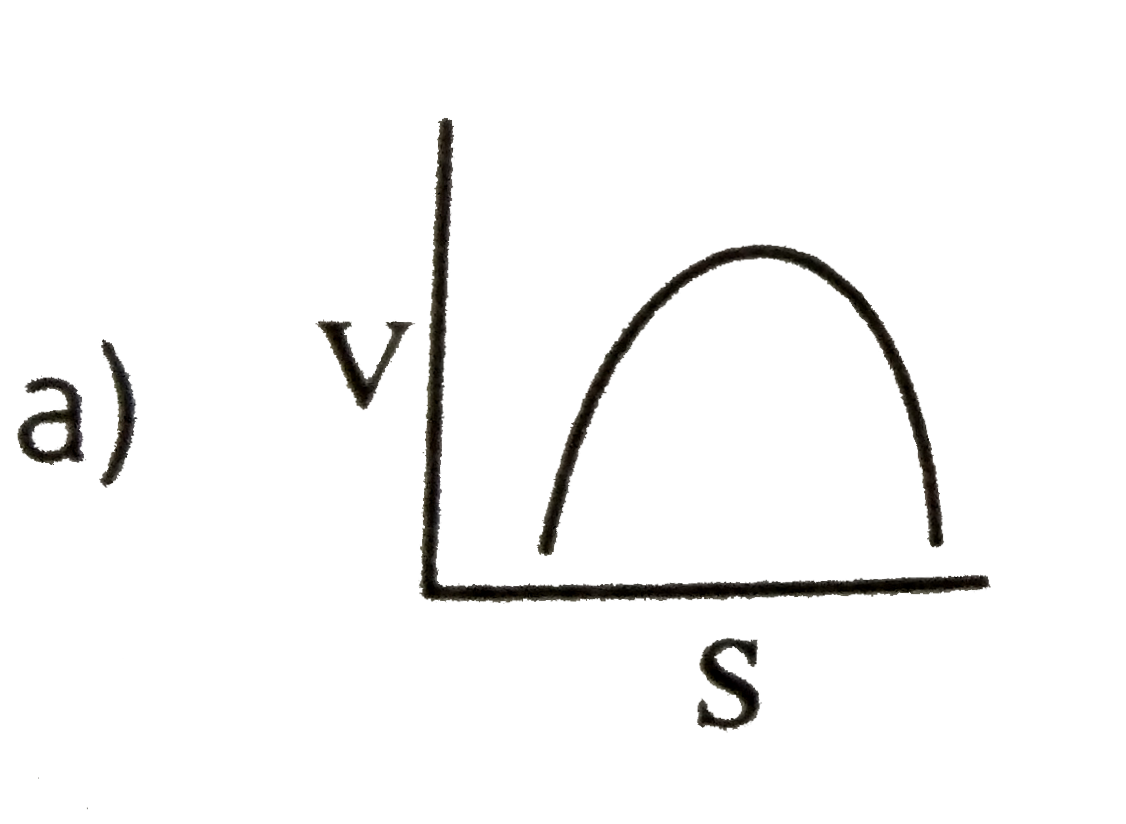 B
B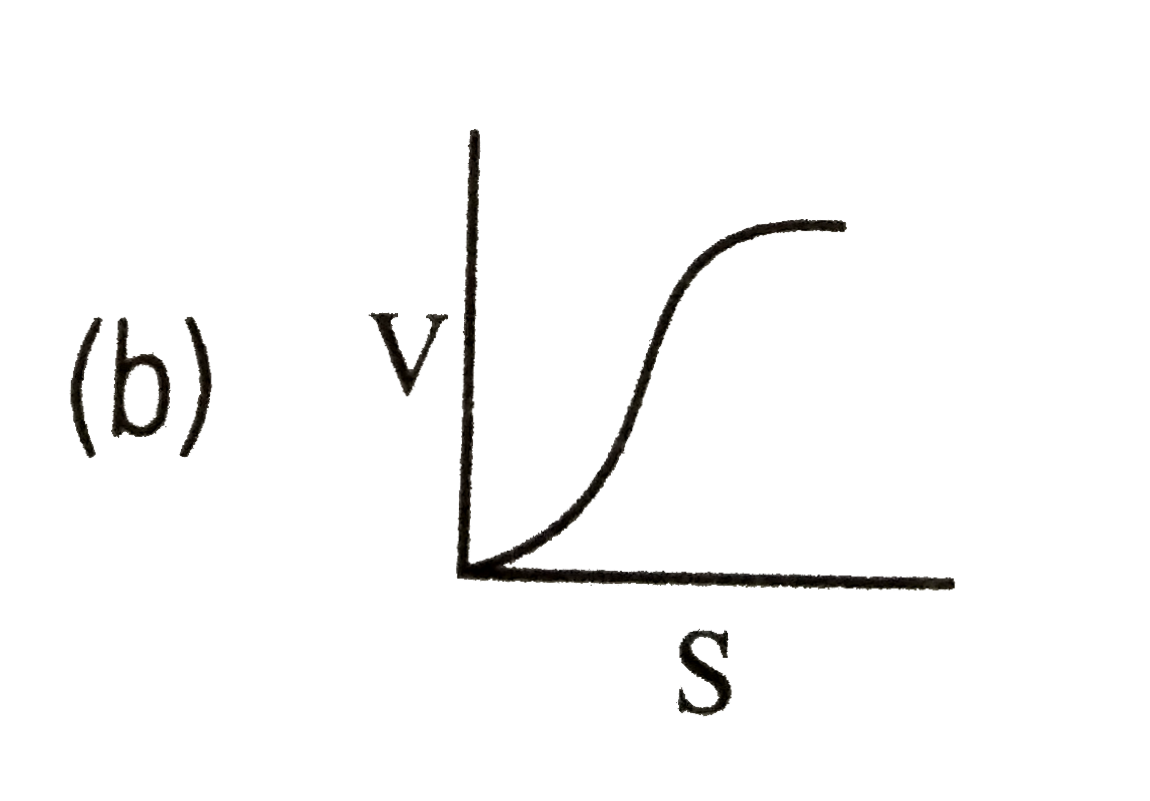 C
C D
D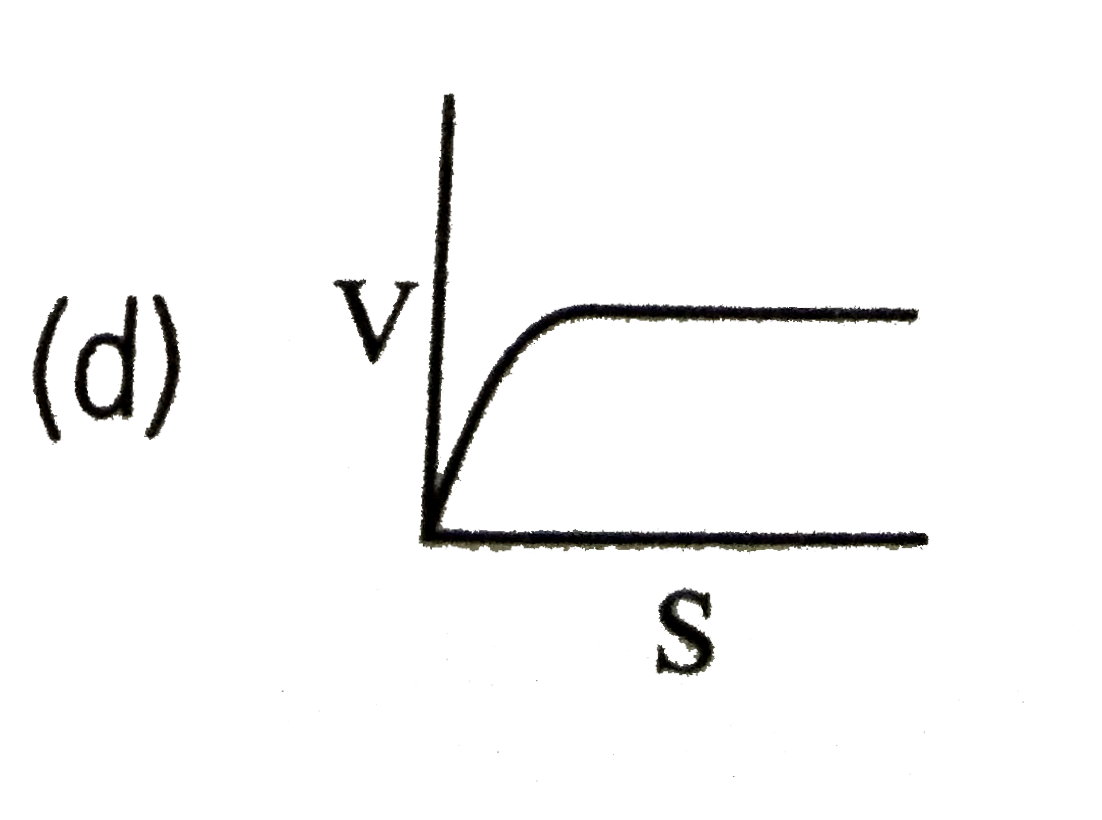
Be shows diagonal relationship with-
View SolutionWhich of the following pairs of elements show diagonal relationship ?
1. Li and Mg 2. B and Si 3. Mg and Al Select the correct answer using the codes given below
View SolutionWhich of the following pairs show coordination isomerism?
View SolutionWhich of the following does not show the relationship between Boyle's law and Charles' law?
View SolutionReason for diagonal relationship is
View Solution
